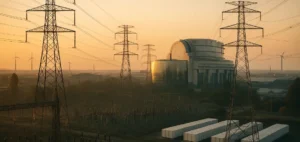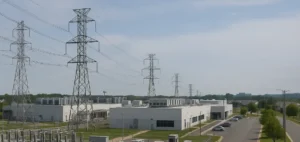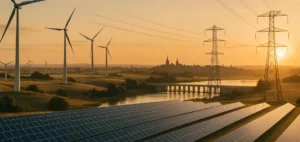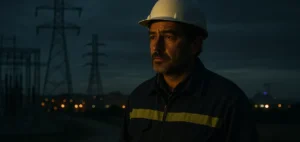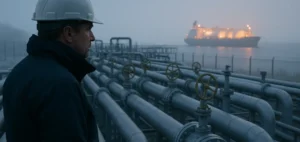The rise of Justin Trudeau as Prime Minister brought significant hope for Canada to become a global benchmark in combating climate change. The swift signing of the Paris Agreement marked a turning point, showcasing a commitment to prioritizing greenhouse gas (GHG) reduction on the federal agenda. The early years saw various measures aimed at reducing fossil fuel dependency and boosting renewable energy growth. However, the country’s diverse geography and economic realities revealed regional fractures, particularly between the oil-heavy West and the hydropower-driven East.
Climate Policies: Carbon Tax and Massive Investments
The most notable initiative of the Trudeau government remains the carbon tax, introduced in 2018 at CAD 20/ton and progressively increased to CAD 80/ton by 2024. This hike directly impacted fuel prices, adding approximately three cents per liter in the past year. According to various estimates, 2024 annual revenues could reach CAD 8.3 billion, reinvested in energy modernization programs and household compensations.
Despite efforts to cut emissions, official figures reveal modest progress. Emissions dropped from 738 Mt CO2e in 2015 to 730 Mt CO2e in 2019, a mere 1% reduction. Experts suggest achieving the 2030 target of 511 Mt CO2e would require an annual reduction of approximately 5%, a pace far more ambitious than current trends. Simultaneously, the government launched a Low-Carbon Economy Fund worth CAD 15 billion and a strengthened Climate Plan estimated at CAD 53 billion.
Energy Transition: From Coal to Renewables and Hydrogen
Efforts to green the national energy mix included the accelerated phase-out of coal, which saw its share in electricity production reduced from 10% in 2015 to nearly 0% in 2024. Alberta, a historically fossil-fuel-reliant province, closed its last coal plants several years ahead of the federal deadline of 2030. Meanwhile, installed wind and solar capacities doubled between 2015 and 2024, reaching 22 GW.
Hydrogen also takes center stage in this strategy. Canada aims to capture 10% of the global clean hydrogen market by 2030. The government has invested in production infrastructure to foster technological innovation. Proponents believe hydrogen could decarbonize sectors that are hard to electrify, while critics highlight financial and logistical challenges related to its transport and storage.
Internal Tensions: Provincial Contrasts and Household Discontent
Ambitious climate policies revealed significant divisions. Fossil fuel-heavy provinces like Alberta experienced fluctuating electricity prices, averaging CAD 46/MWh in 2015, peaking at CAD 162/MWh in 2022, and declining to CAD 63/MWh in 2024, thanks to a transition toward natural gas and a more favorable market context. Conversely, provinces like Quebec benefit from a predominantly hydropower mix, with an average cost of CAD 8/kWh and minimal reliance on emissive energy sources.
Socially, rising energy costs remain a contentious issue. The carbon tax reportedly added about CAD 240 annually to average household bills. According to some polls, 60% of citizens believe federal climate policies negatively affect their purchasing power. Political tensions also arose, with 45% of provinces still deemed non-compliant with national climate objectives in 2024. The disparity in regional economic realities complicates uniform policy implementation.
Conservative Poll Leads and Future Outlook
Public fatigue over rising energy costs is reflected in the polls. According to a November 2024 Abacus Data survey, the Conservative Party would secure 41% of the vote, compared to 22% for the Liberal Party. In Western Canada, Pierre Poilievre garners nearly 60% support, signaling strong opposition to carbon taxation and a desire to ease constraints on local industries.
Justin Trudeau’s announced departure thus paves the way for a potential conservative shift, which could involve easing the carbon tax and adjusting 2030 ambitions. Liberal leaders, however, argue that the ongoing transition is a necessary investment in Canada’s energy future, emphasizing that the doubling of renewable capacity to 22 GW exemplifies the momentum already underway. Challenges for the next government remain significant: balancing economic competitiveness, protecting purchasing power, and pursuing ambitious decarbonization goals.
Ultimately, Justin Trudeau’s decade in power resulted in tangible changes to the energy mix, though many provinces remain divided on how to balance growth and GHG reduction. Energy sector professionals are closely monitoring upcoming elections that could reshape the climate roadmap and reconfigure innovation support mechanisms. Between the goal of carbon neutrality and concerns over energy inflation, Canada stands at a critical juncture, with the contours of its future environmental policy taking shape.














